Artificial Intelligence (AI) is not the "job destroyer" that many fear, nor is it the "savior" that came out of science fiction that many expect.
Hype aside, AI is a tool that is delivering modest results compared to what is advertised.
Instead of fearing being replaced, many employees are skeptical about AI's less-than-expected performance.
Kevin Chung, chief strategy officer of AI platform provider Writer, said this sentiment is quite common.
After the experience, many employees were quite disappointed with the results and no longer had any illusions about AI.
This is not anti-technology sentiment, but simply dissatisfaction with a tool that is over-promoted as a panacea.
Starting small is the way to get real, measurable benefits from AI, according to TeamLift, a company that provides personalized AI learning paths.
Accelerating product development cycles even when AI is not yet perfect
The disconnect between AI advertising and reality is clear. When introducing AI into a process, businesses should not undertake a complete overhaul, but identify the tasks that are most labor intensive and reduce the time spent on them.
The key is to "name and shame" the tasks that need to be streamlined to save time without disrupting the system.
With TeamLift, it's about accelerating customer feedback, competitor intelligence, optimizing programming, and ensuring quality.
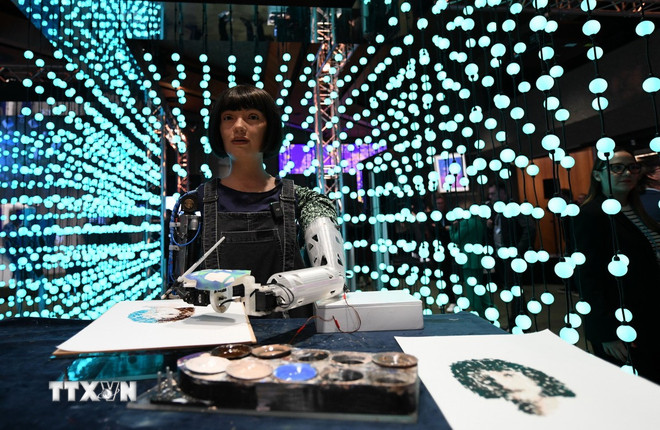
The company's product development sprint cycle has dropped from eight days to five, not thanks to AI magic but thanks to small, targeted improvements.
In research, TeamLift tried combining chatbots Claude, Grok, and Felo. The initial results were mixed, with the tool sometimes providing conflicting information or “creating” examples that weren’t real.
After tweaking the command (for example, asking Grok to summarize competitor updates in bullet points, and using Claude for cross-reference), TeamLift reduced the research time from eight hours to 45 minutes.
While it still requires double-checking to ensure accuracy, this approach is clearly much more efficient than trying to figure it out from scratch.
Initially, the company did not impose but gave employees time to explore on their own. By the third month, the total time saved by the 10-person research team had increased from 29 hours to about 107 hours, equivalent to nearly a month's worth of productivity.
These things help TeamLift launch products faster. However, AI tools can still be tricky at times due to their instability—sometimes they’re surprisingly smart, other times they require multiple iterations.
Still, they have really changed the company’s business. Being able to roll out product updates faster is positively impacting key metrics like customer satisfaction and retention.
The important thing is that TeamLift isn't being replaced, employees will simply spend less time on boring tasks.
Start small, but start anyway.
Recently, a TeamLift client wanted to “revamp” their entire process with AI in one go. They wondered, “Why can’t we just put the entire process in and let AI do it all?”
It's a tempting prospect—AI as a "superhuman" that can do everything. But trying to do everything at once often makes things more confusing.
TeamLift's advice: Don't try to solve everything at once. Start small and build up. Cutting down on research time has worked for TeamLift.
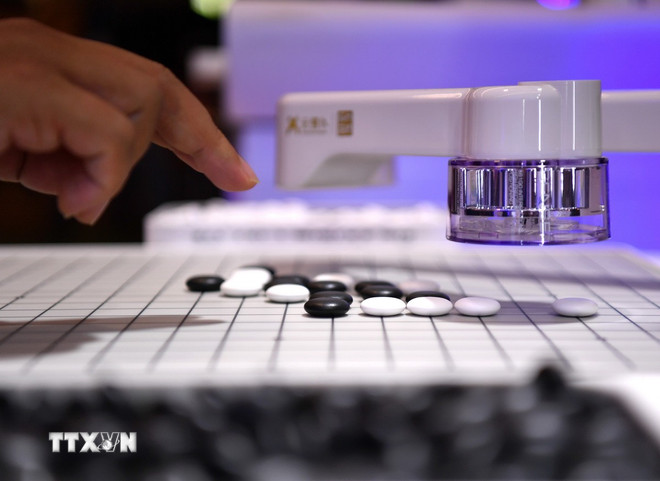
For another company, it might be writing emails or analyzing data. Each small success will open the door to the next step.
This step-by-step approach is where AI comes in. It’s not about giving humans all the power, it’s about giving them powerful tools to help.
Think of AI as a power tool: It won't build the house itself, but it will make the carpenter's job faster and less arduous.
By focusing on what AI can do right now — streamlining manual labor, analyzing data, or generating drafts — companies can free up their people to focus on the parts that still require a human touch: creativity, strategy, and connection.
Managing expectations while creating momentum
The risk lies not in the limitations of AI but in the hype that overshadows the power of starting small.
When leaders paint AI as a “magic bullet,” they set themselves up for disillusionment. Conversely, when they frame AI as a journey of incremental improvement, employees are more receptive.
Trust is built when promises are backed by real results, even if the results are modest at first. AI is still a work in progress, it is not yet the dream of total automation that is depicted in science fiction.
It’s important to start from a practical point and build momentum from there. As AI technology matures, these benefits will multiply.
The best outcome is not that AI replaces humans, but that it helps us become more productive step by step.
The story here is not about whether AI will fail or dominate, but about finding its most suitable role as a powerful assistant, through a roadmap of continuous improvement and a focus on real effectiveness./.
Source: https://www.vietnamplus.vn/lam-chu-ai-trong-kinh-doanh-bi-quyet-tu-nhung-thanh-cong-nho-post1039272.vnp




![[Photo] Many young people patiently lined up under the hot sun to receive a special supplement from Nhan Dan Newspaper.](https://vphoto.vietnam.vn/thumb/1200x675/vietnam/resource/IMAGE/2025/5/18/6f19d322f9364f0ebb6fbfe9377842d3)

![[Photo] Party and State leaders attend the special art program "You are Ho Chi Minh"](https://vphoto.vietnam.vn/thumb/1200x675/vietnam/resource/IMAGE/2025/5/18/6895913f94fd4c51aa4564ab14c3f250)
![[Photo] Ready for the top competitions of Vietnamese table tennis](https://vphoto.vietnam.vn/thumb/1200x675/vietnam/resource/IMAGE/2025/5/18/9c547c497c5a4ade8f98c8e7d44f5a41)
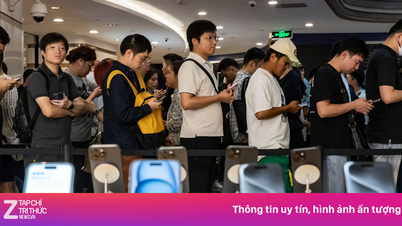



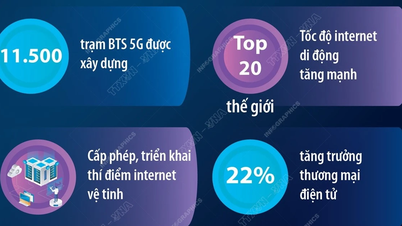
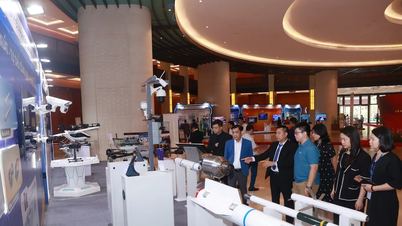
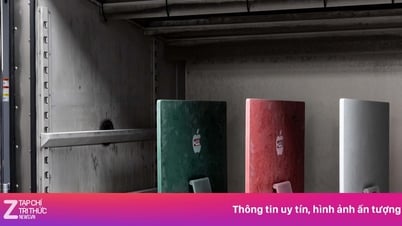



























































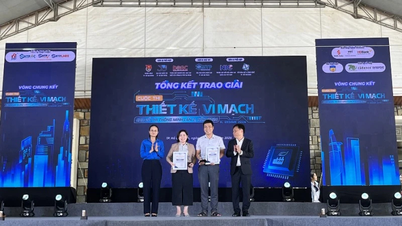
















Comment (0)